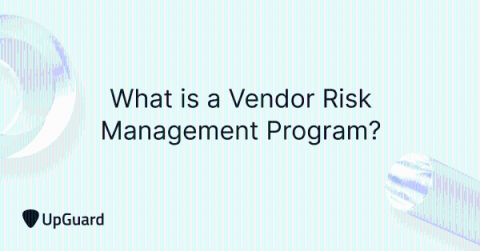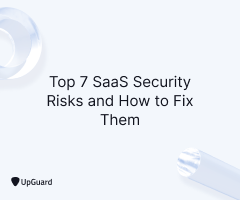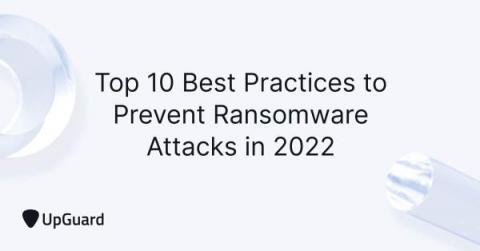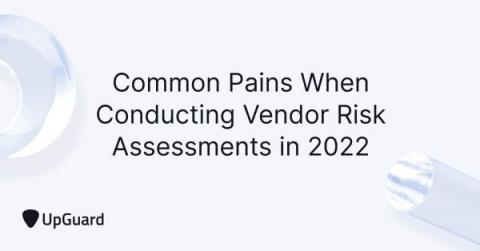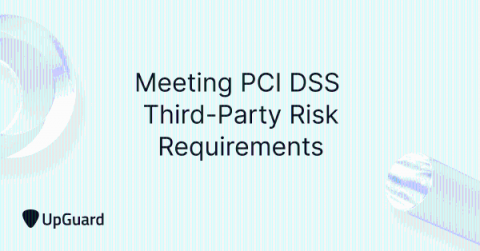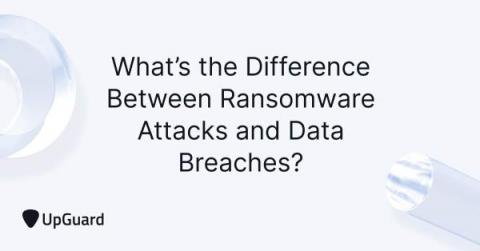How to Answer a Security Questionnaire: A 4-Step Guide
A security questionnaire is a crucial part of an organization’s vendor risk assessment process. Client organizations use security questionnaires to gather insights into the security posture of their third-party vendors, such as their information security policies and practices.



